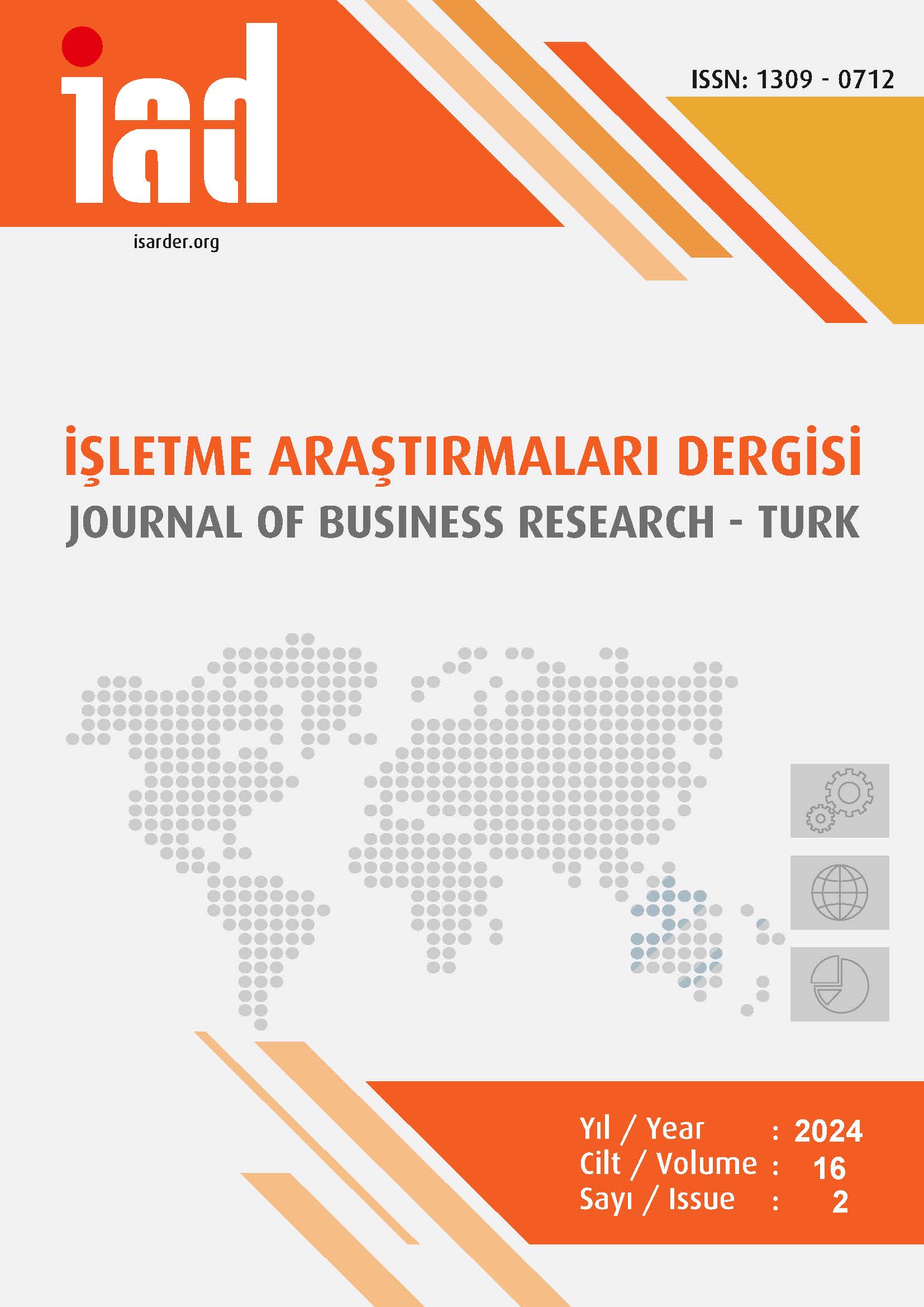Relationship between Life Satisfaction, Religiosity and Job Satisfaction: Bayesian Nonlinear Structural Equation Model
DOI:
https://doi.org/10.20491/isarder.2024.1841Keywords:
Religiosity, Life SatisfactionAbstract
Purpose – This study aims to investigate the linear and non-linear relationships of religiosity and job satisfaction in explaining life satisfaction. Design/methodology/approach – In order to achieve this aim and obtain strong and healthy inferences, a certain society was selected as the main population through relevant literature reviews. In addition to this selection process, care was taken to obtain a sample that would represent the population. As a result of these two criteria, the data for the study was taken only from the United States part of the Inter-University Political and Social Research Consortium data set collected in the World Values Survey project. When missing data are removed, the remaining sample size is 520. The established model includes quadratic variables along with the interaction variable, in addition to the linear relationships of job satisfaction and religiosity to life satisfaction. In the study, Bayesian statistical approach was used for model inferences through the WinBUGS program. Findings – The findings obtained in the linear relationship showed that job satisfaction and religiosity have a statistically significant and positive effect on life satisfaction. In the non-linear relationship, only the quadratic variable of religiosity was found to be statistically significant. The insignificant relationships were the quadratic variable of job satisfaction and the interaction variable with religiosity. The significant results are quite reasonable according to the literature. Discussion – Considering a series of control variables to address the fluctuations arising from individual differences in life satisfaction and obtaining data from different regions with homogeneity will clarify the details of the relationship. In addition, investigating the hypotheses put forward regarding the multidimensional structure of religiosity and the relationship between job satisfaction and life satisfaction will clarify the universality in the causality mechanism.
Downloads
Published
How to Cite
Issue
Section
License

This work is licensed under a Creative Commons Attribution-NoDerivatives 4.0 International License.





